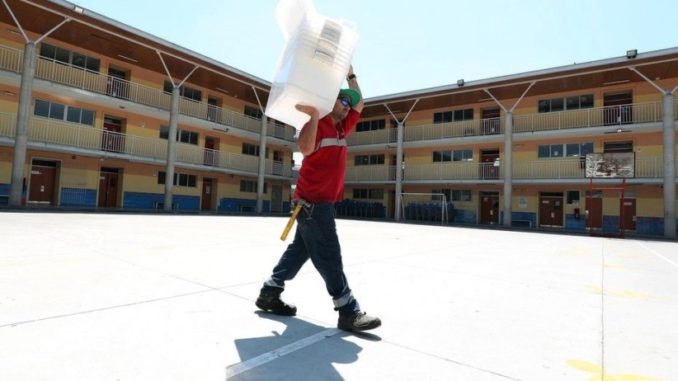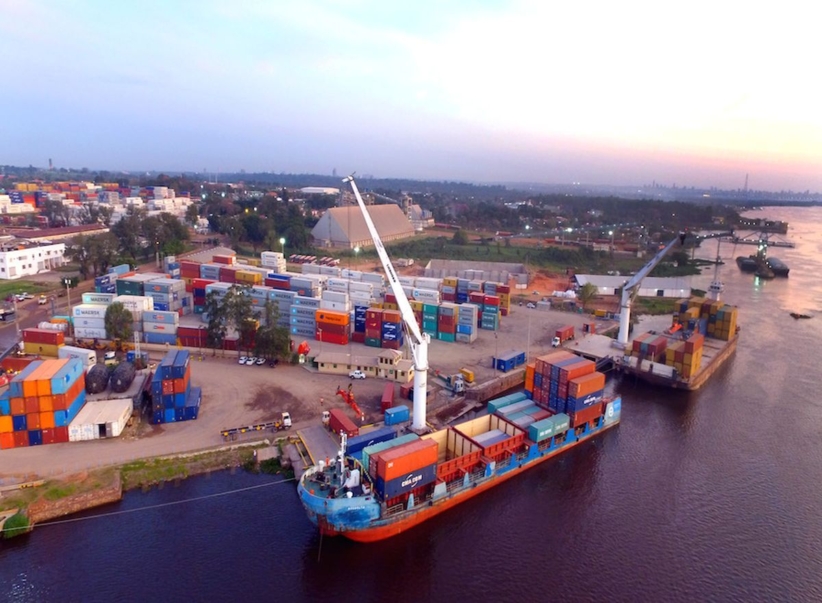
BILBAO, Spain – By 2019, the highest growth in the region is projected for the economy of Paraguay, with 4.3%, followed by Peru (3.9%) and Chile (3.7%), according to a report by BBVA Research. In Argentina, a “significant” recession is anticipated.
The Latin American economy will grow 0.9% on average this year due to the weak performance of countries such as Argentina, Brazil, Mexico, and Uruguay, with which the expected recovery of the region will be postponed until 2019, the report said.
#LatinAmericaEconomicOutlook4Q18?| Average #growth? in #LatinAmerica has been hindered in 2018 (0.9%) by the recession?in #Argentina??, although it will recover in 2019 (1.8%) and 2020 (2.6%). Get more info?https://t.co/BKFz14PE4d pic.twitter.com/JHXVTvHZKZ
— BBVA Research (@BBVAResearch) October 26, 2018
The new projection of the Spanish bank for this year is lower by four tenths of a point to 1.3% projected in the third quarter report.
“We are anticipating a growth of 0.9%, which is a downward revision compared to what we had three months ago, but in reality what these predictions inculcate is a strong heterogeneity within Latin America,” said the chief economist of BBVA Research for South America, Juan Ruiz.
During the presentation, Ruiz added that the downward revision of the regional growth projection is due to the exchange rate crisis in Argentina, the political uncertainty in Brazil over the presidential elections next Sunday, and the poor growth data of Mexico and Uruguay in the first semester of the year.

According to BBVA Research, Argentina’s gross domestic product (GDP) will contract 2.4% this year, while Brazil’s will grow 1.2%, Mexico 1.9%, and Uruguay 2.0%. Above them, Paraguay stands out, with a projected growth of 4.4% for this year, Chile (4.0%), Peru (3.6%) and Colombia (2.6%).
In Argentina a “significant” recession is expected this year, with a fall of 2.4%, which will have a “slight” recovery in the first quarters of 2019.

According to the study, the region will “recover its dynamism” in 2019, when it is estimated that the growth of the economy will reach 1.8%, and from 2020 the Gross Domestic Product (GDP) will “approach its potential”.
“The potential growth of Latin America, which we think should be between 2.5% and 3%, is delayed by one year,” said Ruiz. By 2019, the highest growth in the region is projected for the Paraguayan economy, with 4.3%, followed by Peru (3.9%) and Chile (3.7%).
Colombia will be very close with an expansion of 3.3%, while Brazil’s GDP will do so at a rate of 2.4%, ahead of Mexico (2.0%) and Uruguay (1.3%), while that Argentina will remain in red with -0.3%.
On the other hand, Ruiz highlighted as “positive”, except in Argentina, the news regarding inflation in the region, where the rates will remain “anchored”, adhering to the objectives of the central banks of each country. For this year BBVA Research calculates inflation of 46% in Argentina, ten times more than the 4.5% projected for Brazil and Mexico.
In the case of Paraguay, projected inflation is 4.2%, and below that are Colombia (3.3%), Chile (2.9%) and Peru (2.3%).–MercoPress



